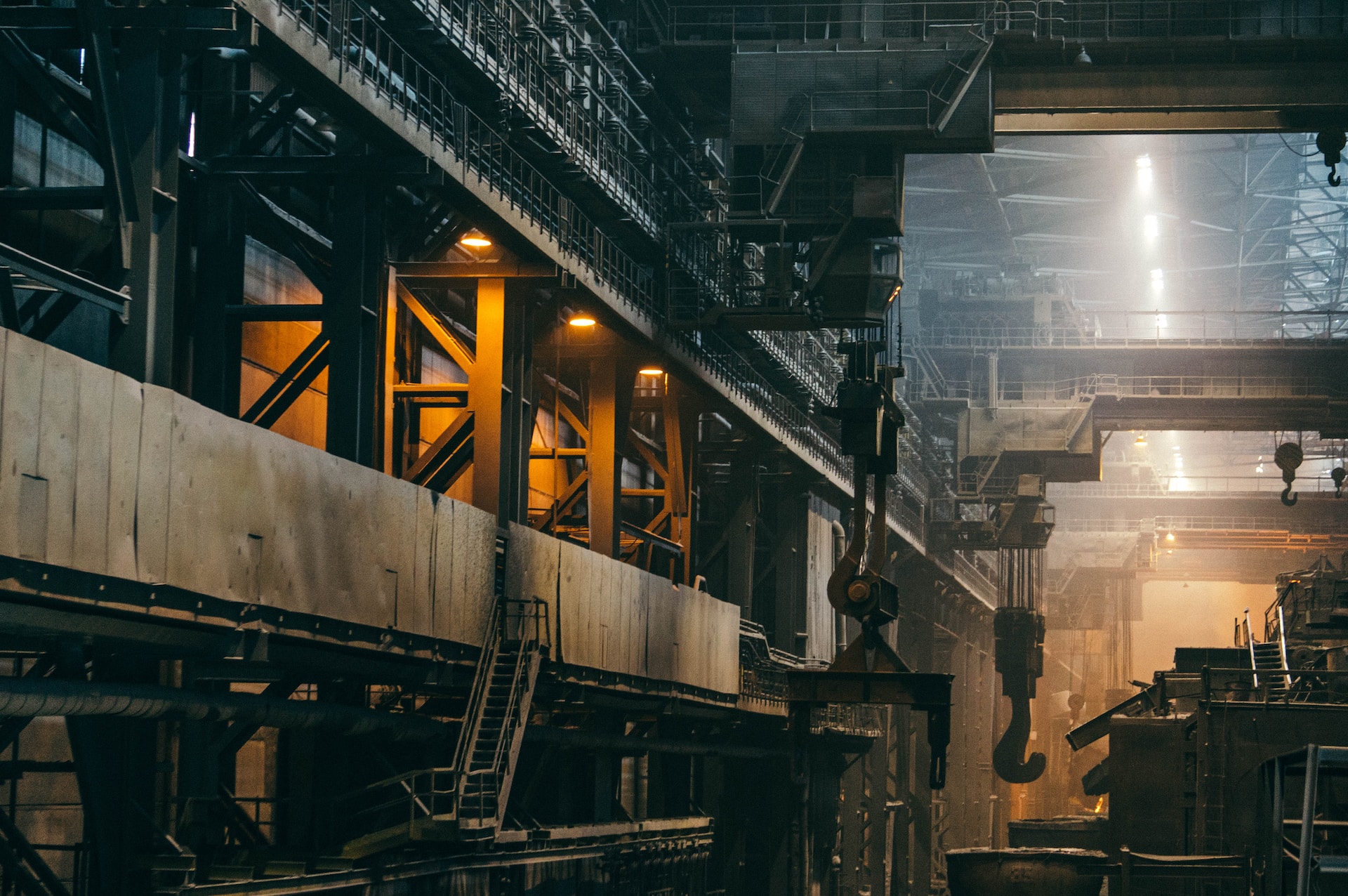Intensifying Policies for Asian Industrial Production
Many interesting topics were discussed at the recently concluded Horasis Asia Meeting on December 3-4, 2023, in Binh Duong, Vietnam. The event brought together 300 CEOs, entrepreneurs and government representatives from across Southeast Asia and beyond to discuss the key trends that will shape Vietnam’s economy and drive it towards a new phase of global growth.
Among them, one panel looked at how industrial policy can contribute to economic progress. Over the past six decades, many developing economies in Asia have witnessed considerable structural transformations, especially in the composition of what they produce and the types of jobs people do. These changes began in the 1960s and 1970s, and have had a major impact on how Asian countries conducted their production and exports. Notably, there was a significant shift in the share of manufacturing value added in their GDP and the proportion of manufacturing employment in the overall job market, both of which saw substantial increases. The Asian region experienced a profound shift in its economic landscape over the last six decades. People moved from rural areas to cities, and the manufacturing sector became a more substantial part of their economies.
But amid the COVID-19 pandemic, industrial output experienced a steep decline, which had a profound effect on economies worldwide. The pandemic disrupted supply chains and manufacturing processes in many industries, leading to a decrease in the production of goods and services. This decline occurred for several reasons. First, lockdowns and social distancing measures forced many businesses to temporarily close or operate at reduced capacity. This meant that factories and production facilities couldn’t function normally, resulting in lower output levels.
The consequences of the decline in industrial output were far-reaching. Many businesses faced financial challenges, and some had to lay off employees or close down entirely. Governments around the world introduced various stimulus packages and economic support measures to mitigate the impact. The pandemic highlighted the interconnectedness of the global economy and the vulnerabilities of certain industries in times of crisis. As the situation evolved, businesses adapted and developed new strategies to navigate the challenges posed by the pandemic.
Who will now take the responsibility for promoting new product manufacturing? Should this responsibility primarily rest with Asian governments in the form of stimulus and grants, or should industries take the initiative independently? Is an interventionist government desirable, or are free marketing forces better?
Stimulus and Grants
Amid the pandemic, the Singaporean government offered corporate tax rebates to businesses with a maximum of 25% and a SG$15,000 cap, assisting them in getting through the challenging economic times. This rebate forms part of the SG$4 billion Stabilisation and Support Package, which includes broad-based measures for businesses such as tax rebates, temporary enhancement of the Working Capital Loan scheme, Wage Credit Scheme and Job Support scheme.
In addition to offering SG$1 billion in tailored support for promising companies via the Singapore Global Enterprise Initiative, the Singaporean government also announced increased tax deductions and allowances to encourage enterprises to innovate.
In January 2022, lawmakers in Vietnam gave their approval to a stimulus package totaling nearly 350 trillion dong (US$15.4 billion) aimed at sustaining economic recovery and providing assistance to businesses and households affected by COVID-19 restrictions. This comprehensive package encompassed various measures, including a 2% reduction in VAT until the end of 2022, tax relief for corporations, reduced interest rates for businesses impacted by the pandemic to encourage lending, funding allocated to strengthen the healthcare system and an increase in investments for infrastructure development.
Multistakeholder Engagement
To foster increased industrial output in Asia in the post-COVID era, it is imperative for governments and private companies to work in close collaboration. This partnership is vital for several reasons.
First, governments can provide essential support through policies, incentives, and infrastructure development. They can create a conducive business environment, streamline regulations, and offer financial incentives to promote industrial growth. Additionally, governments can invest in infrastructure like transportation and energy, which is critical for the efficient operation of industries. Private companies can benefit from such support to expand their operations and invest in innovative technologies.
Second, collaboration between the public and private sectors can lead to the sharing of expertise and resources. Governments often have access to data, research, and insights that can help businesses make informed decisions. On the other hand, private companies can bring innovation and efficiency to the table, which can drive economic growth.
Furthermore, this collaboration can help address common challenges, such as workforce development and sustainability. Governments and businesses can work together to provide skill training programs, ensuring a skilled workforce to meet the demands of the evolving industrial landscape. Joint efforts can also promote sustainable practices and environmentally responsible industrial output, aligned with global sustainability goals.
Photo Caption: A deserted factory line in Thailand during the COVID crisis.



